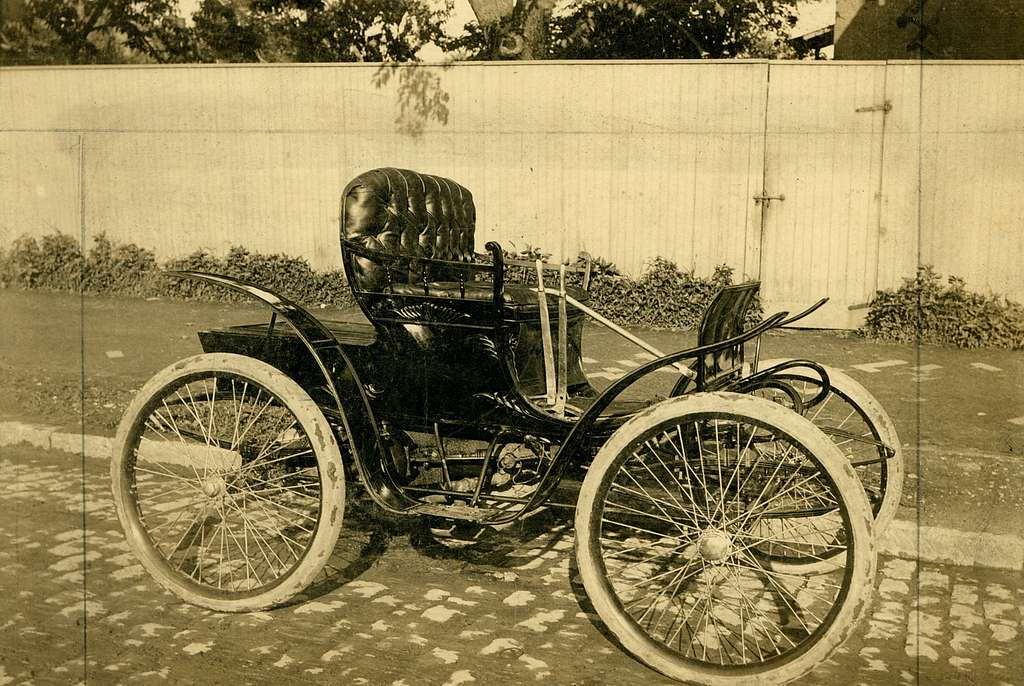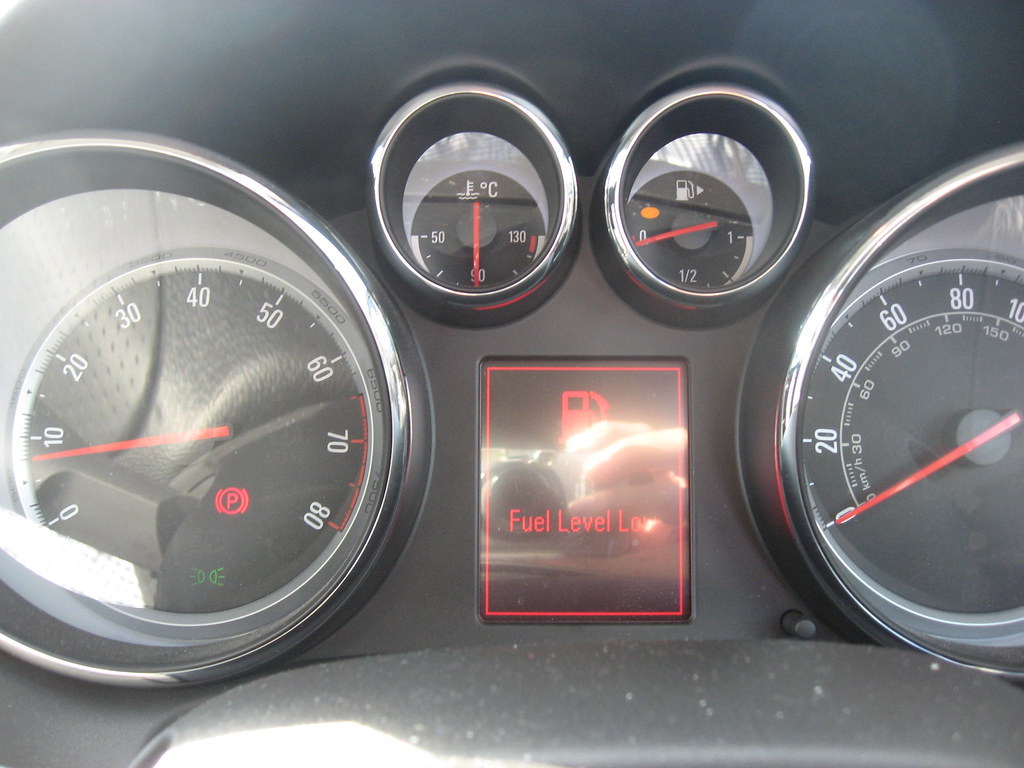
Cars are not just vehicles; they embody the changing tides of culture and technology, offering us a unique perspective on our history. Let’s embark on a joyful ride down memory lane as we explore some of the bestselling cars from the early decades of the automotive industry, shedding light on their significance and the reasons behind their popularity!
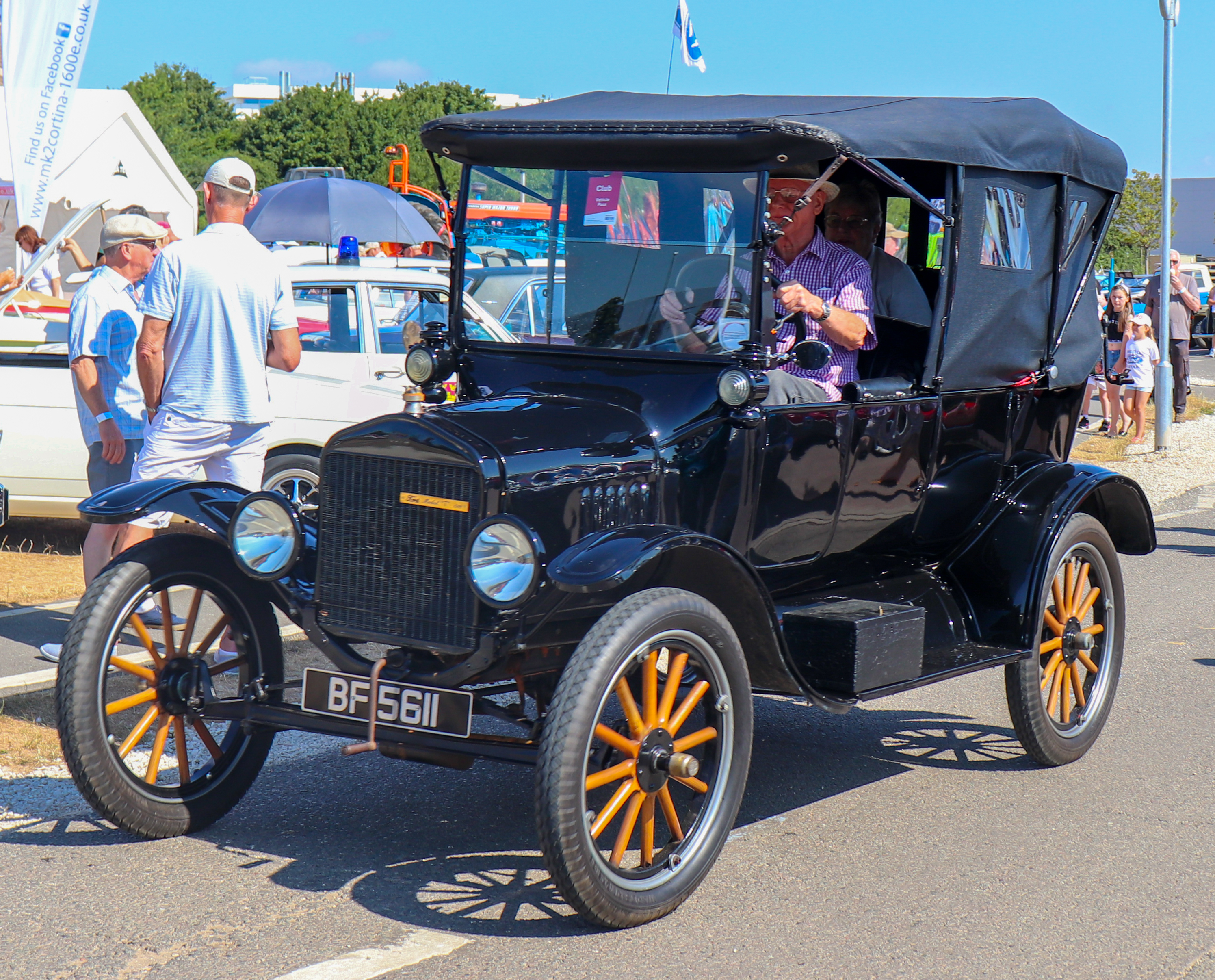
1. **1918: Ford Model T**: The Ford Model T is a true icon in automotive history, marking the beginning of affordable cars for the masses. It boasted a modest 20 hp engine, reaching speeds of about 45 mph. Remarkably, it represented nearly half of all cars sold in the U.S. at the time. Its affordability and accessibility transformed American car ownership, making it a beloved vehicle for countless families.

2. **1919: Dodge Brothers Model 30**: Meet the Dodge Brothers Model 30, a key player introduced shortly after the turn of the century. With its dependable four-cylinder engine outputting 35 hp, this model marked a significant leap in automotive progress. Notably, it introduced the first four-door sedan with a cozy enclosed steel roof, reflecting Dodge’s passion for enhancing comfort and style in the automotive landscape.

3. **1920: Detroit Electric**: Known for its innovative approach to electric vehicles, the Detroit Electric could travel around 80 miles on a single charge, making it a reliable choice for urban transportation. Although it had a top speed of just 20 mph, it offered a significant glimpse into the future of electric cars, which would eventually dominate the market.

4. **1921: Lincoln L-Series**: The Lincoln L-Series made its debut after the company pivoted from producing aircraft engines to automobiles. Riding on a 130-inch wheelbase and powered by an 81 hp V8 engine, this model was an early attempt at luxury in the automotive sector. However, its outdated design led to lukewarm sales, but it set the stage for Lincoln’s future as a luxury powerhouse.

5. **1922: Doble Steam Car**: The Doble Steam Car was an ambitious project during the era of alternative fuels. With just 36 units produced, it was an innovative steam-powered vehicle known for its instantaneous torque and smooth acceleration. This car showcased the inventive spirit of the 1920s, even if it didn’t achieve mass production success.

6. **1923: Lancia Lambda**: The Lancia Lambda was revolutionary for its time, introducing monocoque construction, which was lighter and more efficient than traditional body-on-frame designs. Its independent front suspension and use of a V4 engine were groundbreaking, paving the way for future automotive engineering.

7. **1924: Oakland 6-54**: The Oakland 6-54, a part of the GM family, was popular due to its updated features like quick-drying paint and four-wheel brakes. This model’s reliability and stylish design helped it stand out among competitors, serving as a bridge to the later success of Pontiac, which originated from the Oakland brand.

8. **1925: Rolls-Royce Phantom I**: The Phantom I was a symbol of luxury, stepping in to replace the iconic Silver Ghost. With its graceful design and modern innovations like disc brakes, it epitomized the peak of refinement and performance in the automotive industry. Crafted in Springfield, Massachusetts, the Phantom I quickly captured the hearts of the elite, representing the very zenith of automotive luxury.
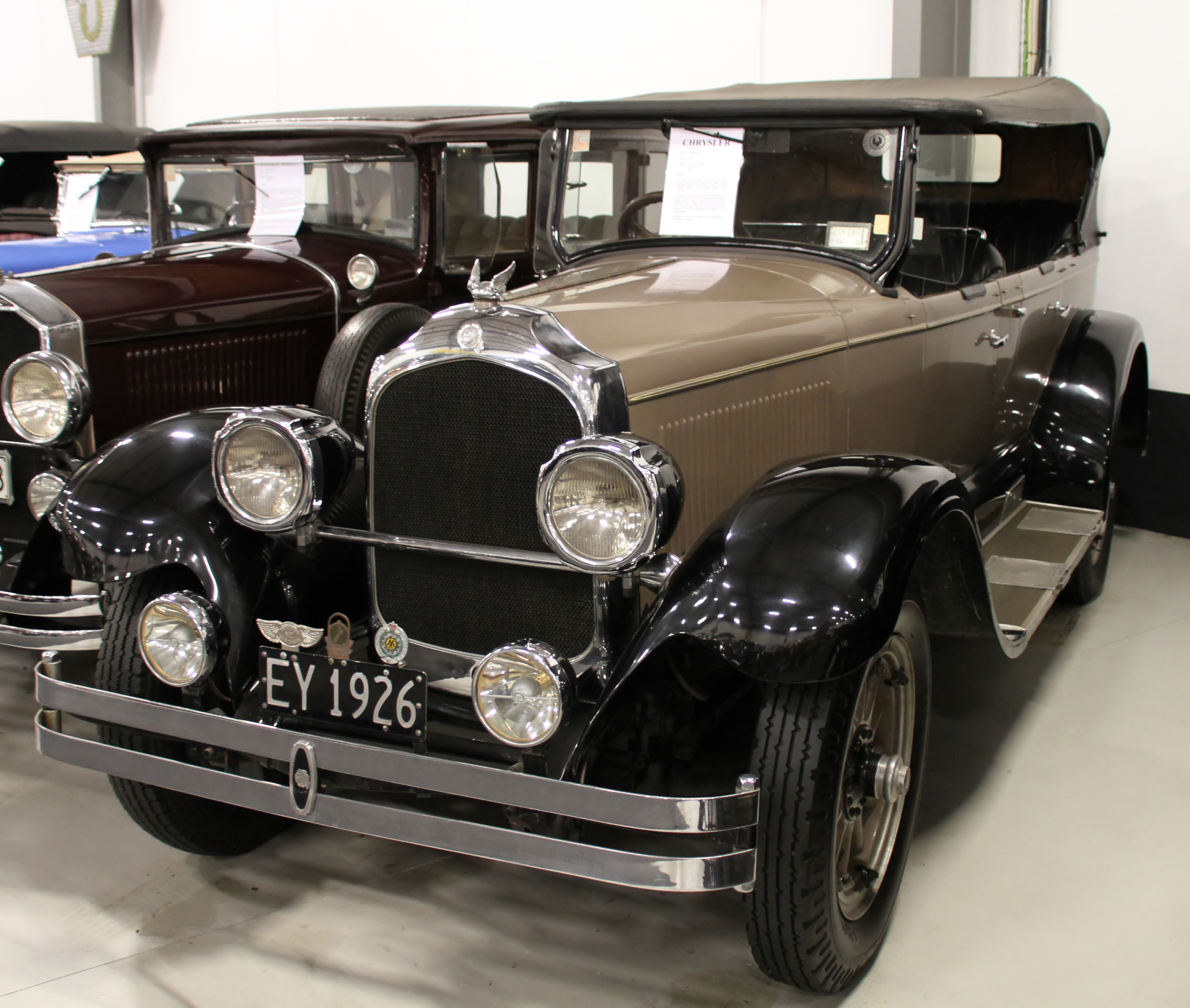
9. **1926: Chrysler Imperial 80**: Designed to rival luxury heavyweights like Cadillac and Lincoln, Chrysler’s Imperial 80 boasted a robust 92 hp six-cylinder engine that ensured impressive speed, even serving as the pace car for the Indy 500. This model epitomized Chrysler’s commitment to luxury and high performance, making waves in the automotive market.

10. **1927: LaSalle**: LaSalle was created to bridge the gap between Buick and Cadillac, offering stylish designs at accessible prices. The first LaSalle was crafted by Harley Earl, who brought exceptional design aesthetics to these vehicles. Its shared parts with Cadillac made it a more affordable yet glamorous option for consumers.

11. **1928: Duesenberg Model J**: The Duesenberg Model J was an extravagant sports car that combined speed and elegance. With an engine producing 265 hp, it was an instant status symbol among the wealthy elite, with custom bodywork that ensured no two cars were alike. This model showcased the heights of automotive craftsmanship.

12. **1929: Chevrolet Series AC International**: Chevrolet’s AC International marked a significant point in the market, offering a six-cylinder engine that was smoother and quieter than its four-cylinder counterparts. By 1929, car ownership had exploded, with 80% of families owning a car, showcasing the burgeoning automotive culture.

13. **1930: Bentley 8 Litre**: The Bentley 8 Litre represented the last design by W.O. Bentley before his company was acquired by Rolls-Royce. Its powerful 7.9-liter straight-six engine delivered about 230 hp, making it a luxurious grand tourer that promised performance and class.

14. **1931: Marmon Sixteen**: The Marmon Sixteen was a beautiful, luxurious vehicle known for its V16 engine, delivering around 200 hp. Despite being a masterpiece of engineering, its production numbers were low, leading to a scarcity that has made it a collector’s item today.

15. **1932: Ford Roadster**: The 1932 Ford Roadster is often credited with giving rise to the hot-rodding culture in America. With its flathead V8, it was not only visually appealing but also a speed demon. The Roadster’s design and performance made it a favorite among enthusiasts and set the stage for a new era of automotive culture.

16. **1933: Pierce Arrow Silver Arrow**: The Silver Arrow was an artistic expression of automotive design, featuring a streamlined body that captured the essence of speed and elegance. Powered by a V12 engine, this car was a marvel of engineering in a time when luxury and performance were paramount.

17. **1934: Chrysler Airflow**: The Chrysler Airflow was a groundbreaking design that, despite receiving mixed reviews, pointed toward the innovative future of automotive aerodynamics. Its distinctive shape was well ahead of its time, foreshadowing the evolution of car designs in the decades to come.

18. **1935: Chevy Suburban Carryall**: The Chevy Suburban Carryall laid the foundation for modern SUVs, with a design that catered to families and utility purposes. Its ability to transport multiple passengers made it a favorite for families, evolving into the iconic SUV we see today.

19. **1936: Bugatti Type 57 SC Atlantic**: This Bugatti is often celebrated for its beauty and rarity, with only four ever produced. Its design and performance made it one of the most coveted cars, demonstrating the peak of automotive artistry during the 1930s.
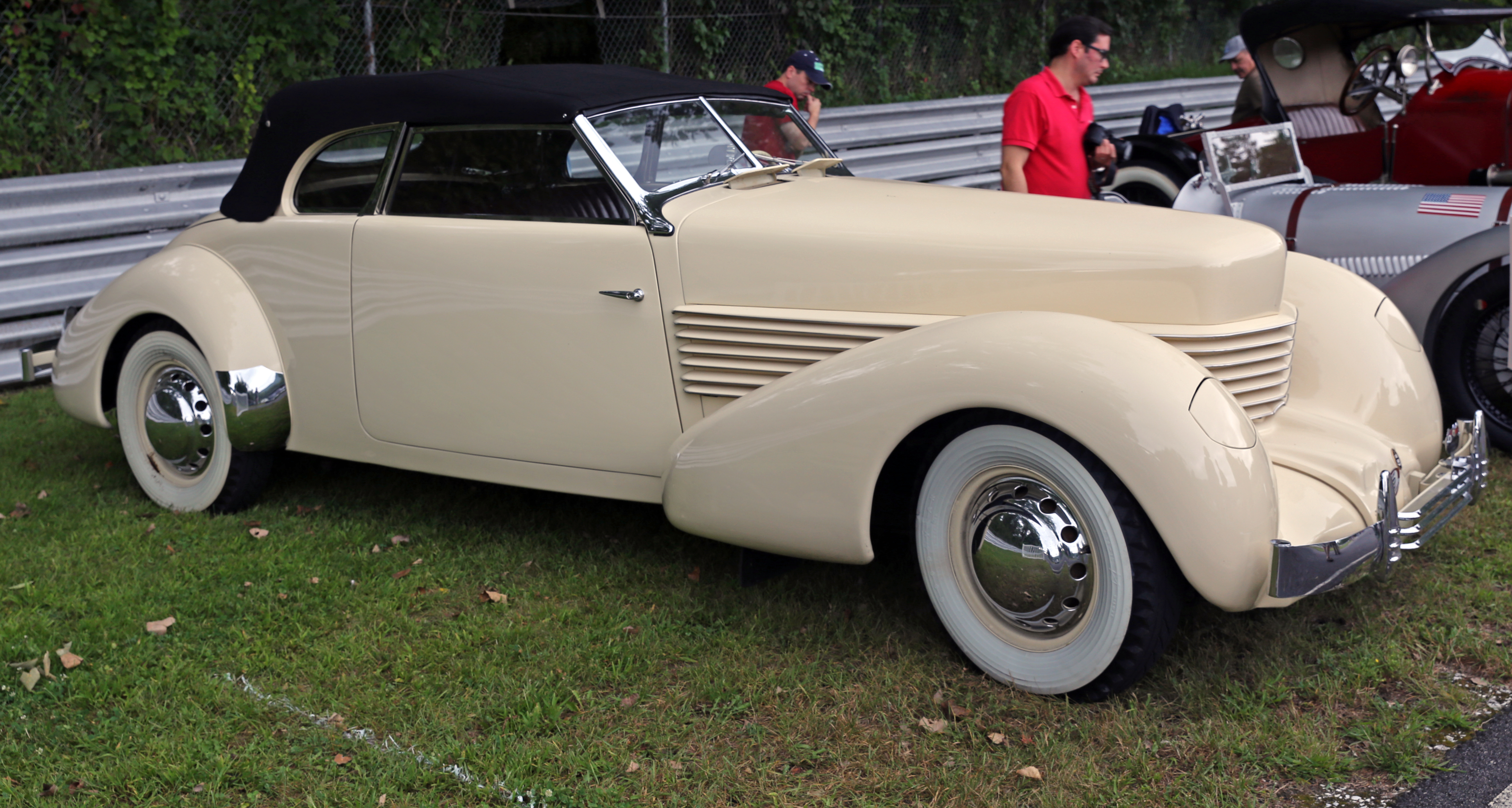
20. **1937: Cord 812 Phaeton**: The Cord 812 Phaeton was a high-performance car known for its innovative front-wheel drive and stunning design. It set speed records in its day and remains a significant piece of automotive history despite its short production run.

21. **1938: Cadillac V16**: Cadillac’s V16 was a feat of engineering, offering a smooth ride with a powerful engine. This luxurious vehicle became a symbol of prestige and power among the elite.

22. **1939: Packard 120**: The Packard 120 was known for its rugged reliability and performance, featuring innovations like electronic overdrive. It became a popular choice for those seeking luxury without sacrificing functionality.

23. **1940: Graham “Spirit of Motion”**: The Graham ‘Sharknose’ models were distinctive for their design and performance. While they didn’t achieve lasting popularity, their innovative styling left a mark on automotive aesthetics.

24. **1941: Buick Century**: The Buick Century was a stylish performance car that combined power with elegance, establishing Buick as a reputable performance brand in the automotive industry.

25. **1942: Lincoln Continental**: The 1942 Lincoln Continental was one of the last models produced before WWII, known for its stylish design and powerful engine, making it a rare gem among collectors today.

26. **1943-1945: Willys MB/CJ-2A**: The Willys MB played a crucial role during WWII, serving the military and later evolving into the civilian CJ-2A, which marked the dawn of the beloved Jeep legacy we still admire today.

27. **1946: Chrysler Town and Country Convertible**: The Town and Country was a stylish convertible that became synonymous with luxury and versatility, transitioning into the iconic minivan brand we recognize today.

28. **1947: Chevrolet Fleetmaster**: The Chevrolet Fleetmaster captured the heart of America post-WWII, becoming the bestselling car of 1947 due to its classic design and reliability.

29. **1948: Tucker 48**: The Tucker 48 was revolutionary, offering innovative safety features and design elements that were years ahead of its time, though it faced production challenges.

30. **1949: Mercury 8**: The Mercury 8 became a staple in custom car culture, known for its sleek design and V8 engine, helping it triple sales compared to its predecessor.

Each of these remarkable cars not only mirrors the desires and needs of their respective eras but also left an indelible mark on the future of automotive design and technology. From the modest Model T to the regal Rolls-Royce Phantom, this journey through automotive history illustrates how cars have transcended mere transportation, evolving into powerful reflections of our culture and aspirations.
Related posts:
We Picked Out the Most Important Car the Year You Were Born
What Was the Bestselling Car the Year You Started Driving?
The Best-Selling Car in America the Year You Graduated High School


